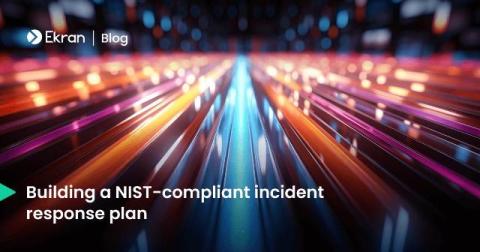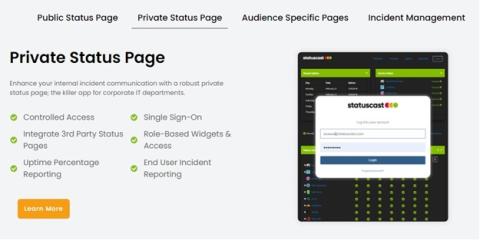How to Create a Cybersecurity Incident Response Plan: Guide for 2024
Few organizations know how to handle a cybersecurity incident properly and minimize its impact on the business. Having a well-designed incident response plan (IRP) in place can save your organization time and resources spent on incident remediation. We can help you build an efficient IRP. Read this post and create an IRP that fits your organization’s needs using the best practices from the NIST incident response planning framework.











